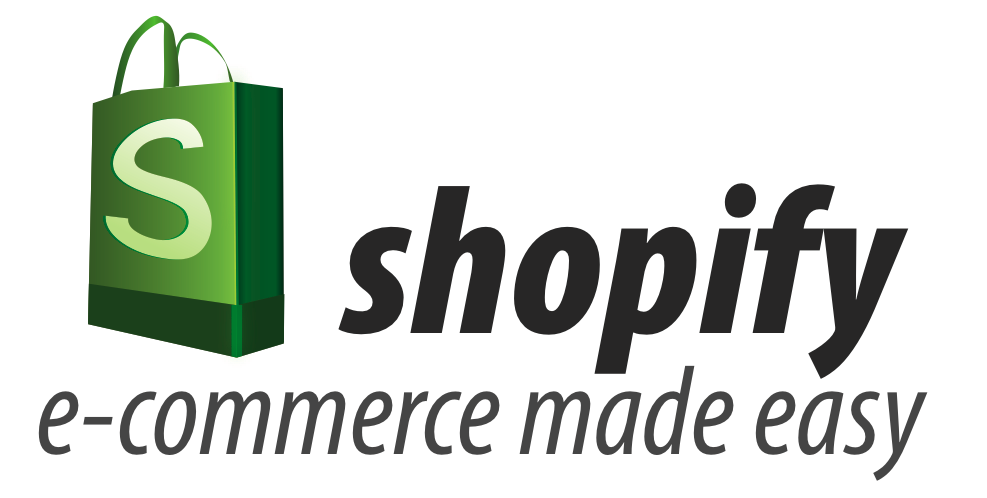 Shopify
is a complete ecommerce solution that allows you to set up an online store to
sell your goods. It lets you organize your products, customize your storefront,
accept credit card payments, track and respond to orders — all with a few
clicks of the mouse. It is one of the easiest ways to launch a “real” ecommerce
system to learn about tracking ROI with analytics.
Shopify
is a complete ecommerce solution that allows you to set up an online store to
sell your goods. It lets you organize your products, customize your storefront,
accept credit card payments, track and respond to orders — all with a few
clicks of the mouse. It is one of the easiest ways to launch a “real” ecommerce
system to learn about tracking ROI with analytics.
You can
start a 14-day trial, without access to conversion tracking, or start a plan
for $29.00/mon to have full access.
To get
started with Shopify, go to the website shopify.com.
Click “Get
Started” and proceed to input the information requested. When reaching the
question about what kind of product will be sold, after this depending on the
product there might be more or less to constitute in the process. When adding a
product you will need to provide a title, a description, a type, and a vendor
to categorize the product along with an image to represent the product.
Now we
can do some more inside work on the site. Customize navigation to per say remove
link to blog, if you aren’t going to be blogging on ecommerce its best to
remove so people that visit aren’t looking at outdated data or post. Add
products to front page to get first instant glance at product by customers. Set
up Shopify payment account to be able to get paid. To gain more control of the site
with ease and have individuals get easy access to it, a plan will need to be
picked for the price of $29.00/mon. Technically, Shopify is free, but to have
people access the website a password would be required which is an issue when
you’re trying to expand cliental. Next, we can set up prices for products. It
would be a good idea to also update the content of the website to make the page
more professional, by adding some descriptive material and an About Us link. Other things can be edited, but that will all depend on you personally and how you want to customize it. If
you are working with digital products the files for each product will need to
be uploaded to where each pertains. Physical products will obviously be mailed
once an order has been confirmed. At this point the ecommerce site is ready to run and make sales.
So here
are the basics to starting an ecommerce site with Shopify. If you would like to
learn more you can reach out to me to my email, or this might be a
helpful link: http://docs/shopify.com/manual.



